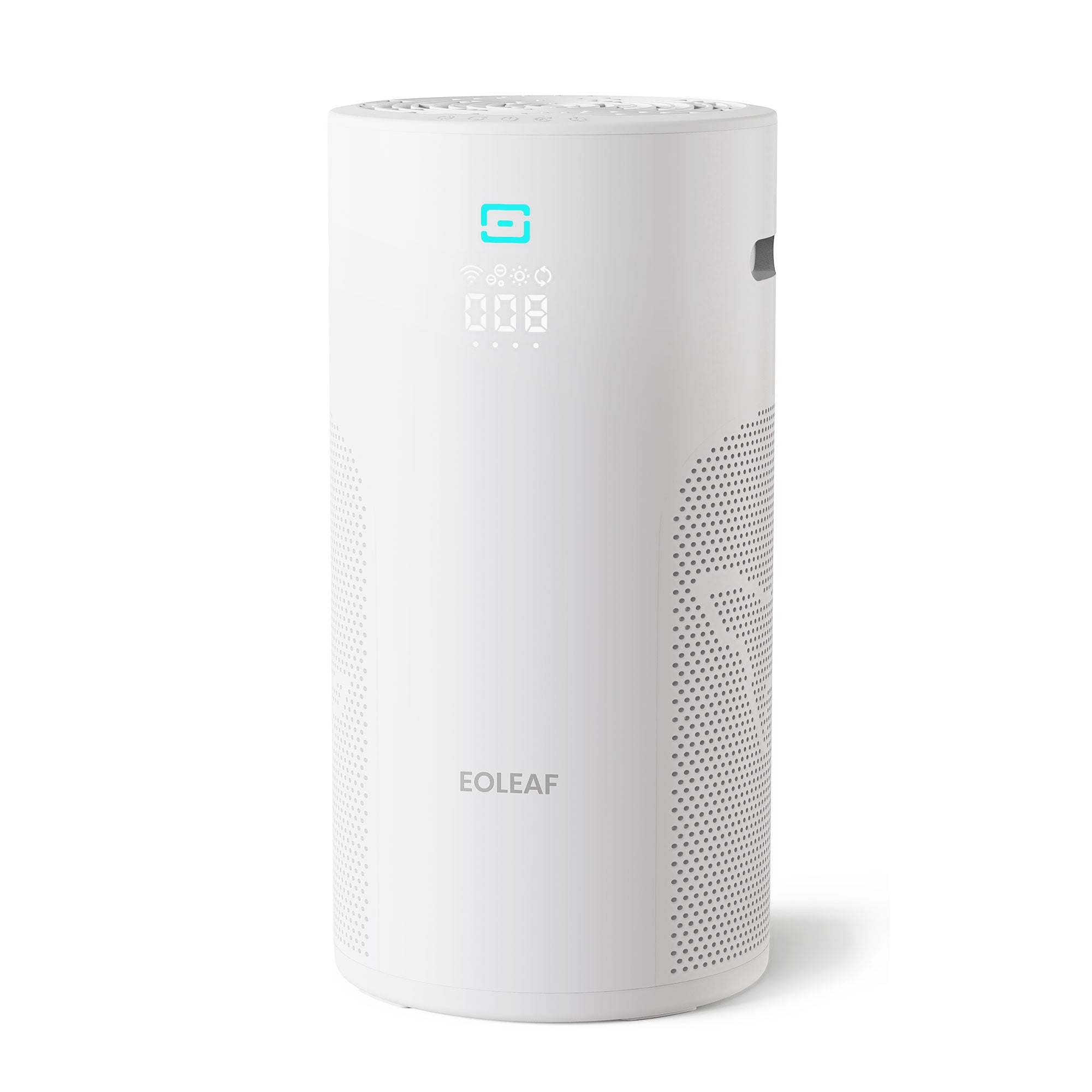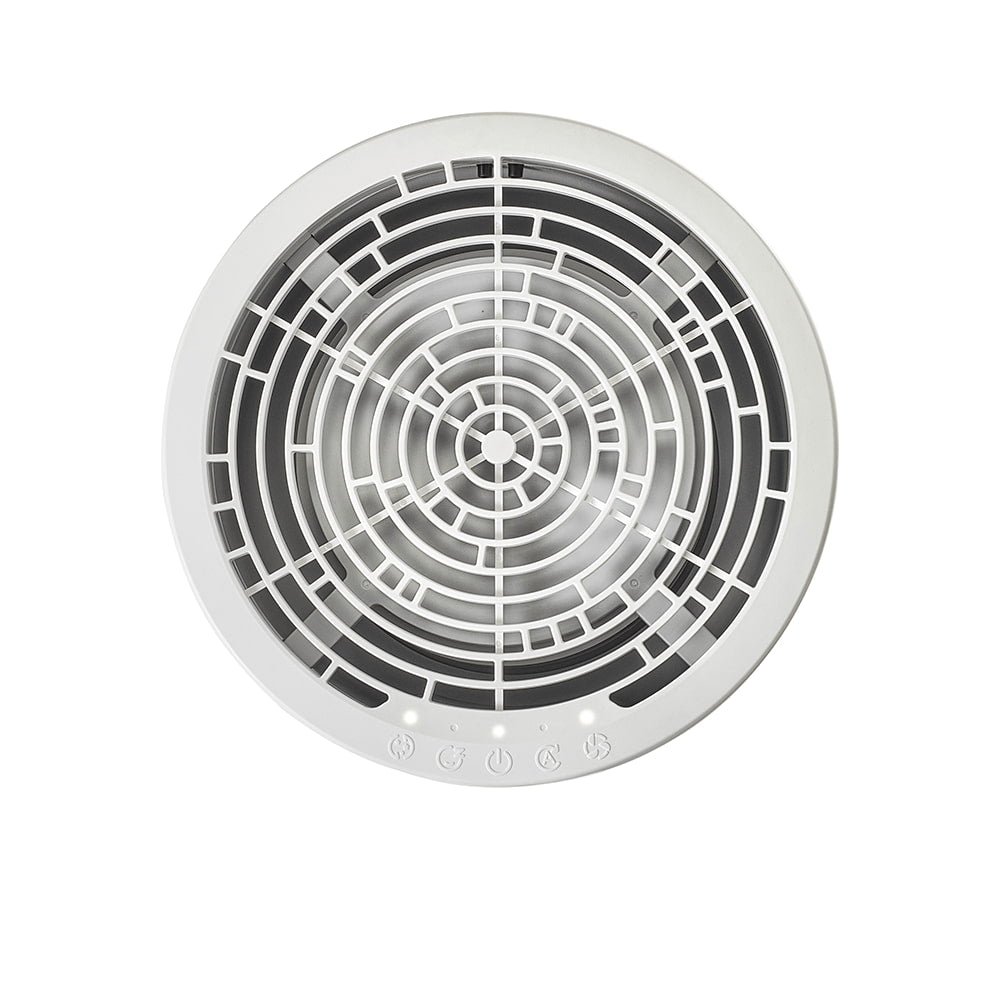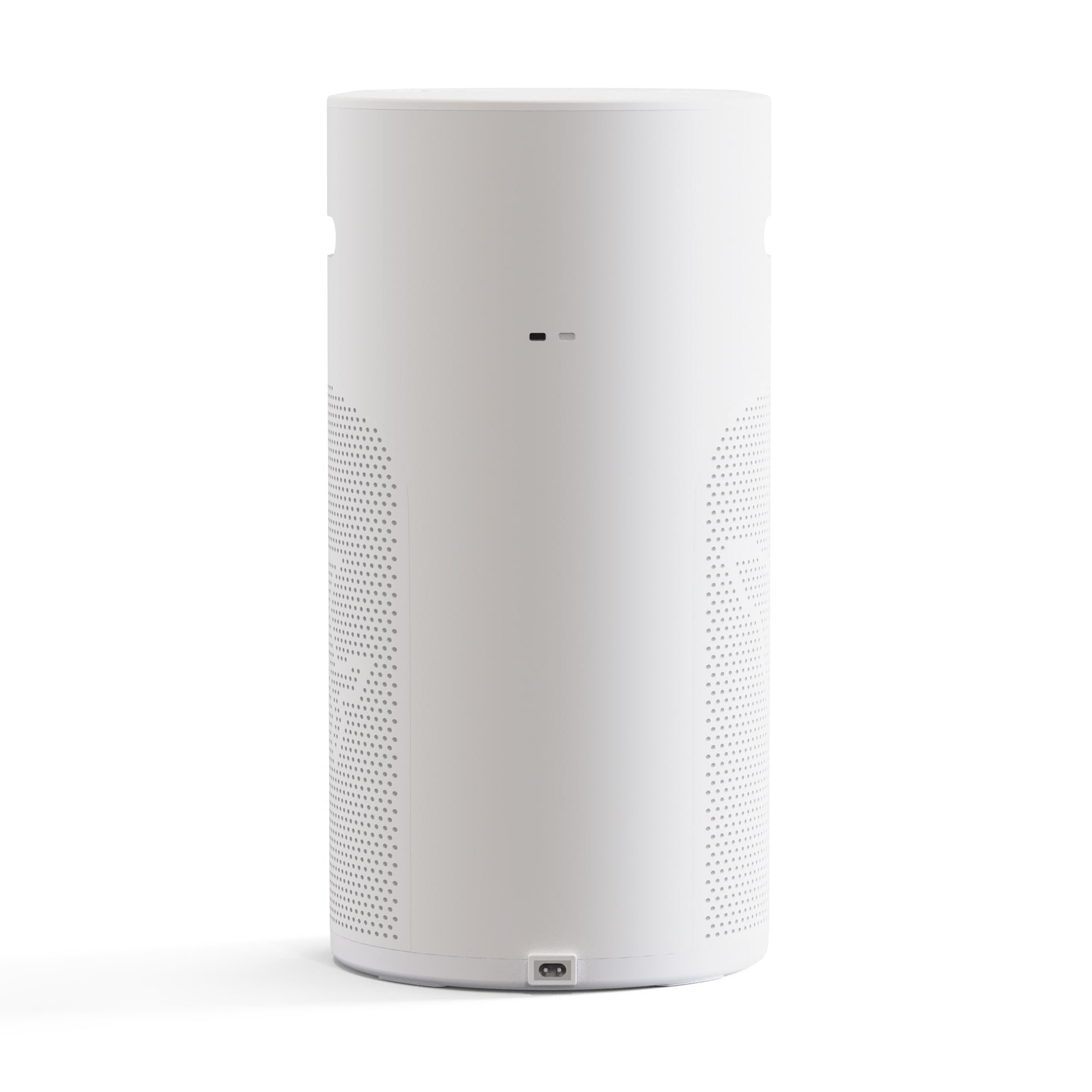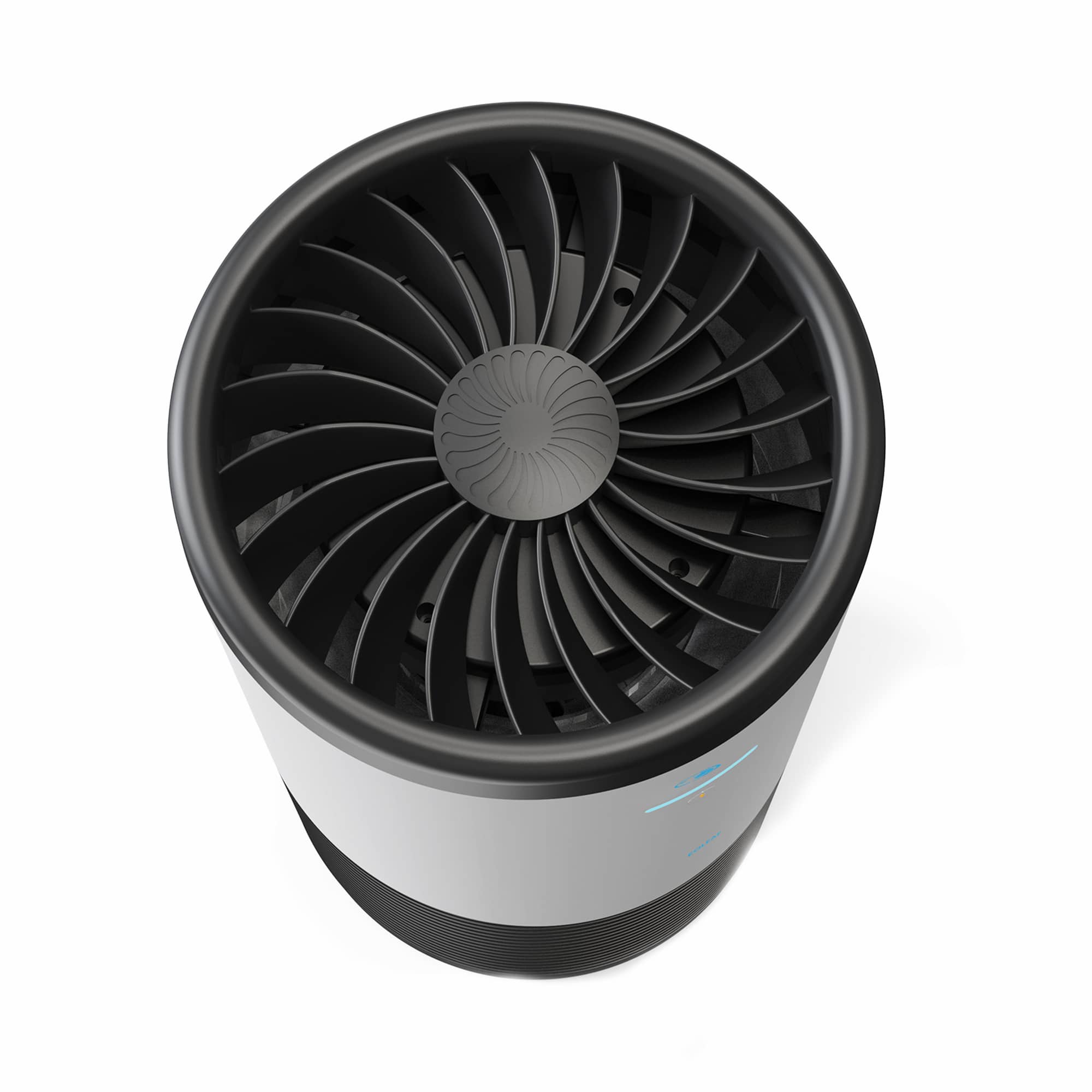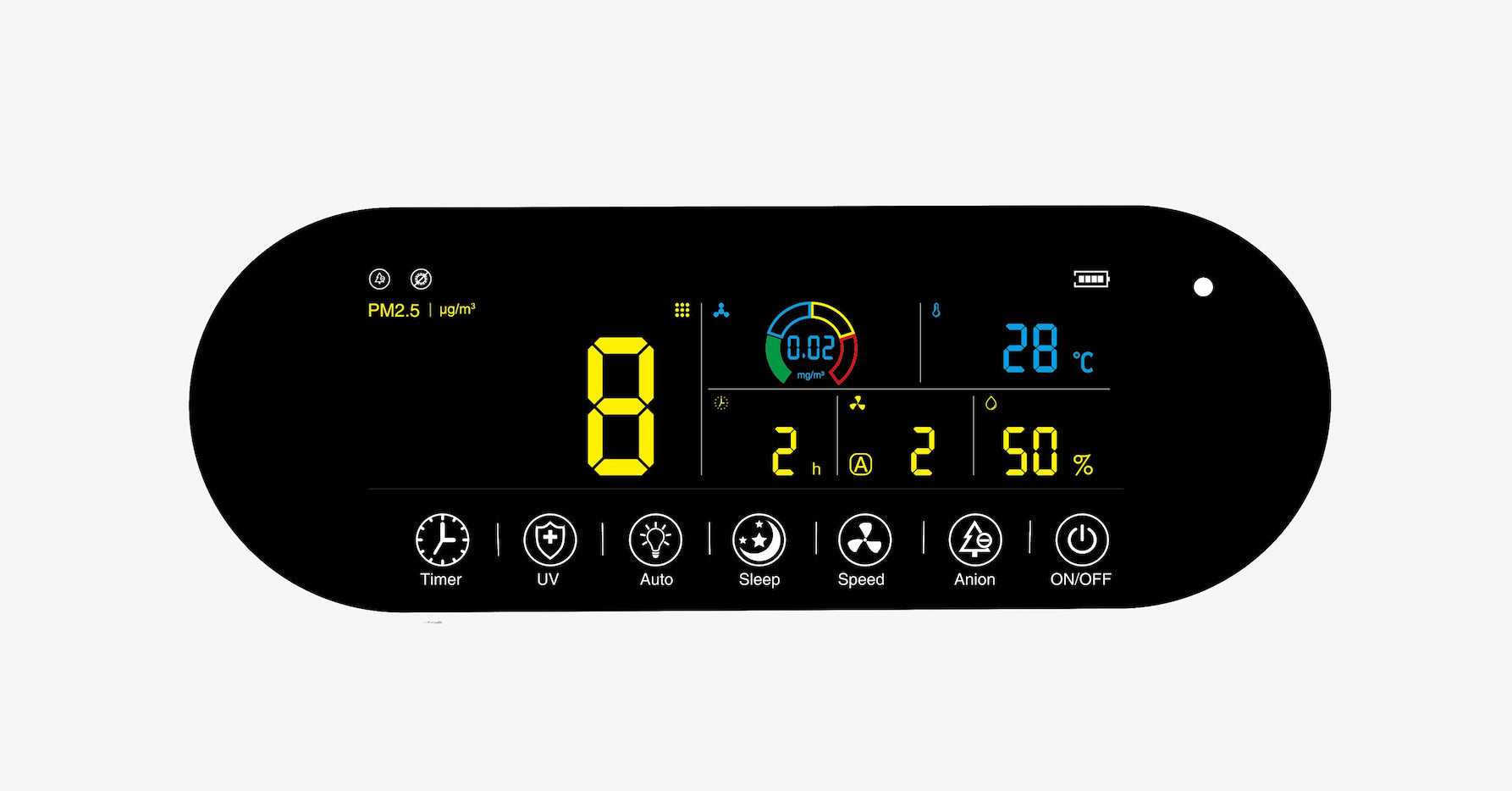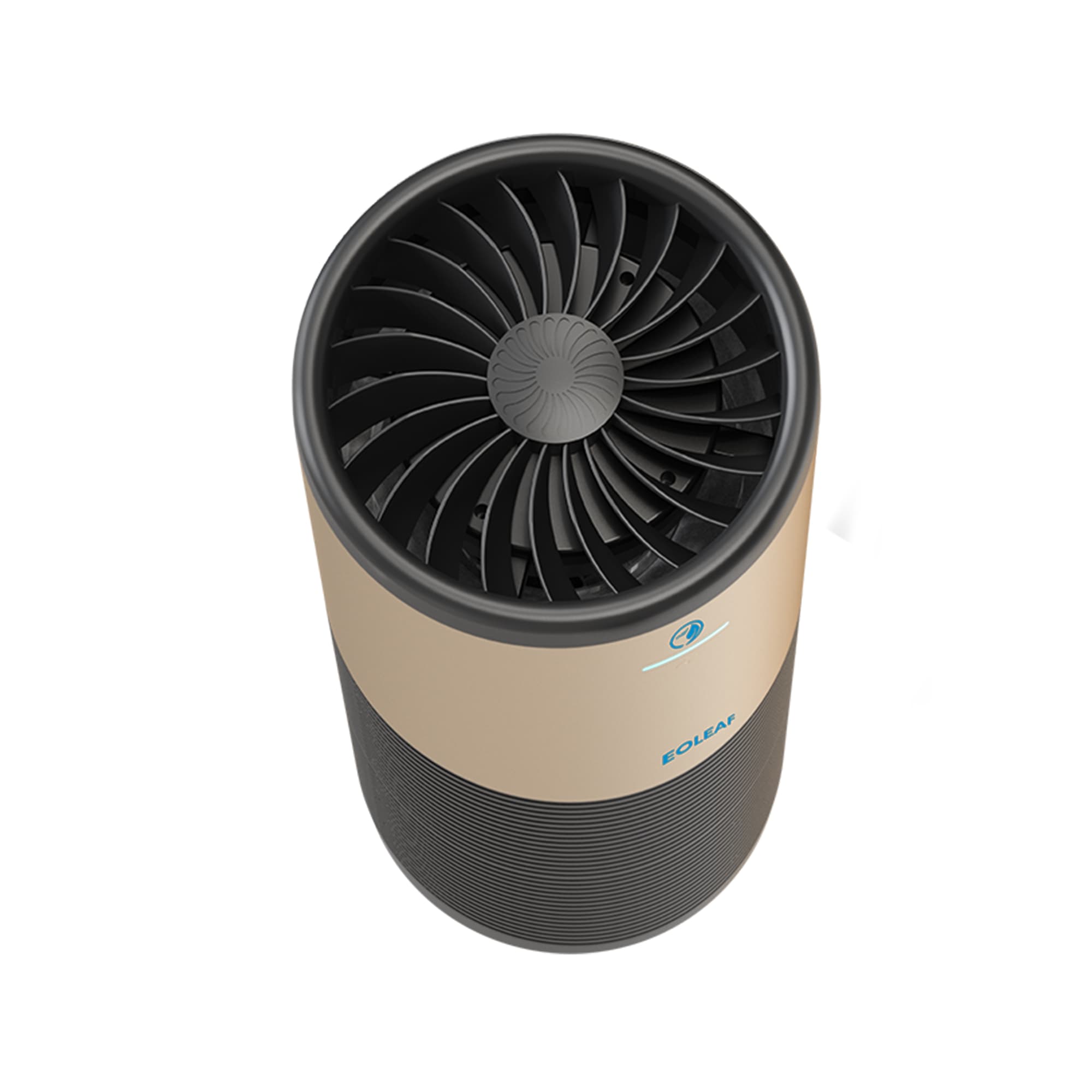Understanding air purifiers and air scrubbers
The market is flooded with various appliances that are designed to clean your indoor air. It may be confusing to understand the specifics of each of them and, if you are on the market for such a device, to choose the right device for your needs. Air purifiers and air scrubbers are two such devices that you may have come across, but what, exactly, are they? How do they differ? Which device is best for your needs? Read on to learn more.

Differences between air purifiers and air scrubbers
Purposes and functions
Both air purifiers and air scrubbers are extremely effective at cleaning indoor air. These devices mainly differ in their installation and applications.
Air purifiers
The main goal of air purifiers and air scrubbers is the same – to clean your indoor air and make indoor spaces safer for the occupants using them. Air purifiers remove harmful indoor air pollutants that pose dangers to health, especially for those with respiratory conditions like asthma, allergies, and COPD, to name a few. Air purifiers are more geared towards residential and commercial settings such as:
- Houses
- Flats
- Offices
- Schools and nurseries
- Care homes
- Hospitals and medical practices
- Gyms and fitness centres
- Hair and nail salons
- Hotels
- Restaurants
The applications for air purifiers are diverse. Depending upon the technologies included in the air purifier, these devices are used in the removal of airborne pollutants like fine particles (particulate matter like PM10, PM2.5, and PM0.1), chemical pollution (VOCs like formaldehyde and benzene, ozone, and carbon monoxide), biological pollution (allergens like pet hair and dander, pollen, mould and spores, dust and dust mites, and more), and even unpleasant odours. If the air purifier contains medical-grade technologies like HEPA 13 filters, these devices are also effective in removing germs (bacteria and viruses like influenza and COVID-19).
Air scrubbers
Air scrubbers also remove airborne pollutants that pose dangers to health. They are specialised in the removal of pollutants like VOCs. They can sometimes be equipped with High-Efficiency Particulate Air (HEPA)-certified filters in order to capture and filter fine particles and germs. One of the main differences between air purifiers and air scrubbers is that air purifiers are typically standalone devices that can be placed and moved wherever they are most needed. Air scrubbers, on the other hand, are typically installed within an HVAC system. Additionally, air scrubbers are ideally more heavy duty, professional air cleaners that are best applied in industrial environments like:
- Professional onstruction and renovation sites
- Carpentry studios
- Environments with heavy water damage
- Locksmiths
- Agricultural settings1

Source 1
How they work
Air purifiers
Air purifiers, also called air cleaners, work by pulling polluted indoor air into the device, passing it through one or more filters each designed for the removal of different airborne pollutant particles, and using a powerful fan to release the purified air back into the space. Air purifiers may come equipped with one, several, or many air filtration and depollution technologies, examples of which include:
- Pre-filters for larger particles like dust
- HEPA-certified filters (H10, the largest HEPA mesh, to H14, the smallest HEPA mesh)
- Activated carbon filters
- Photocatalysis
- UVC sterilisation
- Ionisation (negative ions)
Certain devices, like Eoleaf’s, contain all of these technologies (see below) and are designed to combat all types of indoor air pollution. Air purifiers require regular filter changes in order to ensure optimal air filtration and to avoid the release of air pollutants back into your air.

Air scrubbers
Similarly to air cleaners, air scrubbers also work by passing polluted indoor air through one or more filters. Some air scrubbers are powerful enough to remove pollutants from the surface of polluted industrial sites. Typically, two types of air scrubbers are used: portable air scrubbers and whole-house air scrubbers.
Portable air scrubbers are similar to air purifiers in that they are able to be placed and moved around professional and/or industrial sites in order to filter the air in specific areas.
Whole-house air scrubbers are installed directly into an indoor space’s HVAC system’s ductwork (like the model pictured below). Inside the air scrubber is a series of titanium oxide-coated rods and germicidal UV light. Titanium oxide and UV light work together to destroy airborne contaminants. Sometimes, air scrubbers are also equipped with ionisation technologies that help remove pollutants located on surfaces.
Like air purifiers, air scrubbers require regular filter changes (specifically portable air scrubbers). In whole-house air scrubbers that are installed directly into a HVAC system, the UV light bulbs need to be changed at least once per year3.

Source 3
Key benefits
Installing an air purifier or air scrubber in your indoor spaces brings about a multitude of benefits for occupants of those spaces. In general, cleaner air means safety from harmful air contaminants that damage health.
The benefits of air purifiers
Investing in an air purifier in your home or workplace helps reduce exposure to irritating air pollutants, allergens, and limiting the spread of airborne germs (bacteria and viruses). These air contaminants may degrade respiratory health and trigger asthma attacks, allergies, and symptoms that aggravate respiratory diseases. Furthermore, studies have shown that exposure to air pollutants like fine particle pollution, ozone, nitrogen oxides, carbon monoxide, and elevated levels of carbon dioxide leads to many different conditions and diseases including developing respiratory diseases, mental health conditions, multiple types of cancer (including lung cancer in non-smokers), reduced productivity at work and/or school, adverse fertility effects, and more.
In addition to an air purifier in your indoor space encouraging improved respiratory and overall health, air purifiers that are equipped with activated carbon filters are also capable of eliminating odours.
The benefits of air scrubbers
In a professional and/or industrial setting, especially those with high concentrations of airborne contaminants like silica, wood, metal, and low toxicity dust, an air scrubber may provide a great deal of protection against allergic reactions, eye and throat irritation, silicosis, and COPD1. An air scrubber provides a safer atmosphere, fresh air, and even cleaner surfaces for workers in particularly dangerous settings from a respiratory health perspective.
Types of products
Types of air purifiers
The air purifier market has exploded in recent years, in part due to the COVID-19 pandemic but also due to increasing knowledge of the dangers of air pollution. That said, there are an infinite amount of products available for purchase, some more effective than others.
One of the most important technologies on the air purifier market is High-Efficiency Particulate Air (HEPA) filtration. This is one of the few certifications available for air purifiers that requires third-party inspections in order to guarantee their efficacy. Air purifiers with a HEPA-certified filter remove 99.97% of all air pollutants down to a size of 0.3 microns in diameter. However, these filters actually remove particles much smaller than 0.3 microns: read about the 0.3 barrier myth here.
HEPA filters do have their limitations, however. This is why it is always recommended to purchase an air purifier with supplementary technologies. One of those essential technologies is an activated carbon filter. HEPA filters are unable to remove gases or airborne chemicals (like VOCs). Activated carbon filters are also responsible for the removal of unpleasant odours found in the air.
Almost all air purifiers offer at least a HEPA filter and an activated carbon filter. If you are looking to combat all types of air pollution, Eoleaf’s devices offer a rare 8-step filtration method that leaves no air pollutant behind.
Types of air scrubbers
The two main types of air scrubbers include wet scrubbers and dry scrubbers.
Wet scrubbers
Wet scrubbers use liquid for the trapping and removal of pollutants from industrial emissions. This is done by directing a gas stream through a liquid spray. The liquid is either water, a mixture of water and chemicals, or another liquid. These scrubbers are highly efficient at removing industrial particulate matter emissions, gaseous pollutants, odours, and even heavy metals. They also use a lot of water and require regular monitoring and maintenance to avoid bacterial and mould growth4.
Dry scrubbers
The removal of pollutants is performed by dry scrubbers by using dry sorbent materials like activated carbon or hydrated lime. These materials form a chemical reaction and bind with pollutants. The sorbent materials are either installed in beds or injected directly into the gas steam. They do not require large quantities of water and are efficient at the trapping and removal of non-water-soluble pollutants. Unfortunately, they are much less effective in capturing fine particles (particulate matter) and may encourage dust accumulation that may escape the system, requiring close management. Operating costs are higher with dry scrubbers because the sorbent materials need to be replaced regularly4.
Choosing the right device for your needs
Your indoor environment
The first question to ask yourself when choosing between an air purifier and an air scrubber is: am I looking to purchase an air cleaner for an industrial setting?
If not, an air purifier is likely better suited to your needs. Air purifiers, especially those offering multiple types of air filtration technologies like Eoleaf’s, are great for removing allergens, fine particle pollution, germs, and VOCs in a home or commercial building. Before making your purchase, it is important to verify that the device is properly sized to your space.
If yes, consider the types and concentrations of pollutants to which you are exposed on a daily basis. If you work in an industry with a work area that is heavily contaminated with dangerous air pollutants like construction dust, an air scrubber may better suit your needs.
Both devices are effective at cleaning indoor air and protecting your health, but their application and setting must be considered first.
Maintenance and care
One consideration to keep in mind regardless of the air cleaner you purchase is maintenance and care. All air cleaners, including both air purifiers and air scrubbers, require regular maintenance, cleaning, and upkeep. This may include regular replacement of parts, especially filters. Air purifiers all require replacement filters, although the interval at which they need replacing will vary depending upon the model. Lower-quality filters in air purifiers require replacements every few months, whereas higher-quality filters, like Eoleaf’s, only require replacement once a year. Air scrubbers, depending upon the model, may need filter replacements and/or cleaning every few months. This may be both costly but a hassle, but necessary in heavily polluted industrial spaces. Refer to the manufacturer’s instructions in order to respect proper maintenance.

Frequently asked questions
Are air scrubbers better than air purifiers?
This question is a bit like comparing apples and oranges. In general, both devices are effective at removing air pollutants in indoor spaces. However, the environment in which the device will be installed will determine which device you need. For homes and office spaces, air purifiers will fulfil your needs. For heavily polluted industrial environments, air scrubbers are likely more suitable.
Do I need an air scrubber if I have an air purifier ?
Do you work in a heavily-polluted industrial setting? If not, an air purifier (depending upon the model) will be more than sufficient to improve your indoor air quality. If yes, an air scrubber may be more suited to your needs than an air purifier.
Are air scrubbers healthy?
Air scrubbers help make indoor environments healthier by removing irritating and dangerous air pollutants that may cause and/or aggravate respiratory conditions like allergies, asthma, and COPD. Air pollution also leads to a host of other health problems.
Do air scrubbers consume a lot of electricity?
Air scrubbers typically do not consume a lot of supplemental electricity as many of them are installed directly into an HVAC system. However, some air scrubbers, especially wet scrubbers, consume significant amounts of water that may be problematic in areas and industries that are trying to conserve water.
Do you sleep better with an air purifier?
Studies have shown that the presence of an air purifier in a bedroom helps those who suffer from allergies, sleep apnoea, asthma, wheezing, and other sleep conditions. Removing irritating air pollutants helps encourage improved sleep duration and sleep quality.
How do air purifiers and scrubbers affect people with allergies or asthma?
Air purifiers capture pollutants, especially allergens and particulate matter, that irritate the upper respiratory system when inhaled. Exposure to these pollutants often causes aggravation of respiratory conditions like allergies and asthma. The removal of these pollutants creates a safer, healthier environment for vulnerable individuals.
What maintenance is required for air purifiers versus scrubbers ?
Air purifiers, like air scrubbers, require regular maintenance – namely regular filter changes. Air scrubbers require regular filter changes, cleaning, and maintenance as they are more likely to develop bacterial and mould growth (wet scrubbers) and release dust back into the environment (dry scrubbers). Be sure to follow your manufacturer’s recommendations regarding maintenance to ensure proper care of either of these devices.
Resources
1 The differences between Air Purifiers and air scrubbers. Dantherm Group. (2024, June 12). https://www.danthermgroup.com/uk/insights/the-differences-between-air-purifiers-and-air-scrubbers
2 B-Air RA-650 ⅓ HP 3-Stage HEPA Air Purifier Scrubber: blue. Lasko. (2023). https://lasko.com/products/b-air-ra-650-1-3-hp-3-stage-hepa-air-purifier-scrubber-blue
3 https://www.hvac.com/. (2023, August 1). What is an air scrubber and why do I need one?. HVAC.com. https://www.hvac.com/expert-advice/what-is-an-air-scrubber-and-why-do-i-need-one/
4 Wet vs. dry scrubbers: What’s the difference? CECO Environmental. (2023, July 12). https://www.cecoenviro.com/wet-vs-dry-scrubbers-choosing-the-right-solution-for-your-environmental-needs/
Eoleaf's range of air purifiers
AEROPRO 40 air purifier
40 m² (450 sq ft) coverage area - Smart & Connected
AEROPRO 100 air purifier
80 m² (850 sq ft) coverage area - Ultimate all-in-one
AEROPRO 150 air purifier
120 m² (1300 sq ft) coverage area - Professional model
Pure CAR air purifier
HEPA H13 Filter & Ioniser - For all vehicles


